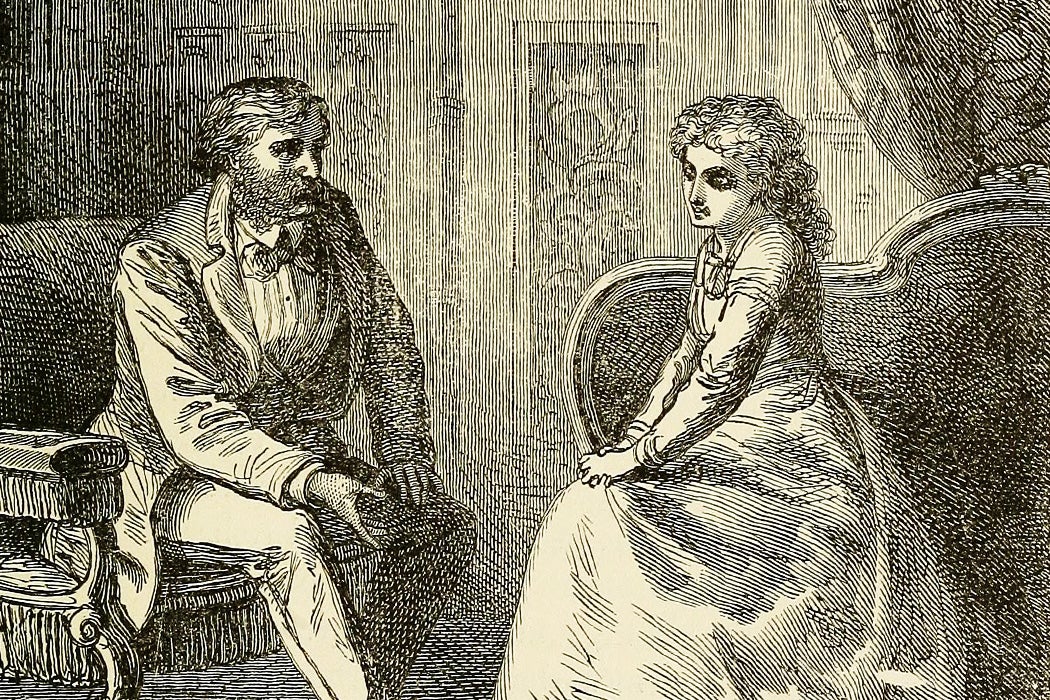Like many conservative faiths in the U.S., the Church of Jesus Christ of Latter-day Saints and Seventh Day Adventist Church have been struggling in recent years with how to respond to same-sex marriage. Yet it goes almost without saying that—like most conservative faiths—both churches embrace the value and importance of sex within monogamous, heterosexual marriage. As it turns out, this pro-sex attitude is relatively recent. Sociologist Laura L. Vance writes that it was only the emergence of gay culture and other challenges to previous sex and gender norms in the 1960s and ’70s that pushed the two churches to renounce their earlier, Victorian ideas about the dangers of all kinds of sex.
Adventists’ and Mormons’ early teachings on sex stemmed from the idea, widely held in the nineteenth century, that individuals possessed a finite supply of “vital force.” Supposedly both men and women expended this force through the release of sexual fluids in orgasm. To Adventists, Vance writes, the solution was to minimize sexual activity of any kind. Noted health reformer and Adventist leader John Harvey Kellogg—who invented his famous corn flakes in a bid to curb sexual urges—advocated celibacy in marriage. Other leaders of the denomination didn’t take it that far but still called for couples to strictly limit how much sex they had.
The Mormon Church’s solution was polygamy. Some church leaders took multiple wives in the 1830s and ‘40s, and the church began openly defending the practice in 1852 (making them an object of fascination and horror among many other Americans). The Latter-day Saints drew on the standard Victorian contrast between sexually pure women and depraved men. The idea was that since it was hopeless to completely restrain male passion, polygamy let men direct their sexuality toward reproduction and avoid adultery and prostitution.
Vance writes that the two churches’ attitudes changed gradually. In 1890, the Mormon Church officially reversed its position on polygamy and began promoting the Mormon nuclear family. Among the Adventists, some authorities began expressing a positive attitude toward sex as an expression of marital love as early as 1931.
But it was in the 1970s that the value of sex in marriage became an important thread in both churches’ teachings. This was part of a broader reaction to the social changes that came with second wave feminism, the sexual revolution, and the gay rights movement.
Weekly Digest
In these years, Vance writes, both churches curtailed women’s public work, emphasizing their roles as wives and mothers. In two cases of infidelity in the 1940s, LDS leaders reacted more punitively to a heterosexual extramarital relationship than a homosexual one. The churches, however, became increasingly opposed to gay sex. But in the two decades that followed, the church focused on homosexuality as a serious sin, officially recognizing it as an excommunicable offense in 1968. Both Mormons and Adventists promoted gay conversion therapy.
The prominence of alternative models of gender and sexual relations in the broader American society pushed Mormons and Adventists to double down on fundamental gender differences. The churches now taught not only that sex should be confined to a monogamous marriage but also that God-given gender differences are necessary for sexual attraction. Increasingly, they described marital sex as a “gift from God” for straight married couples to enjoy.
Ed. Note: an earlier version of this referred to “The Church of Latter Day Saints;” the religion’s official name is actually “The Church of Jesus Christ of Latter-day Saints.”







